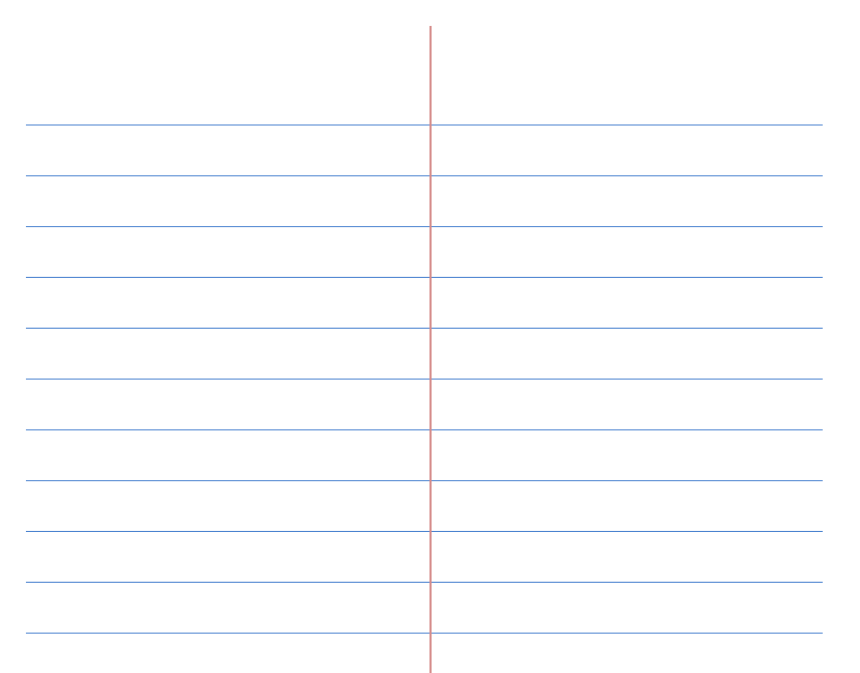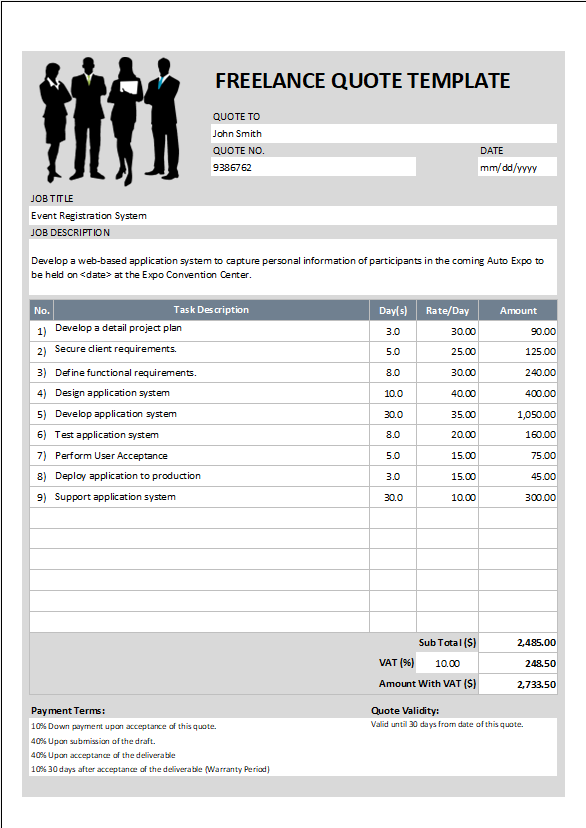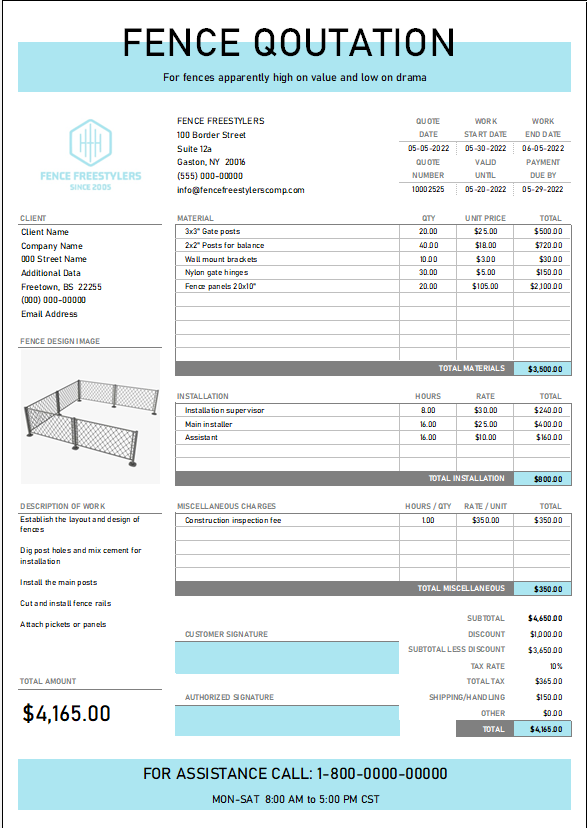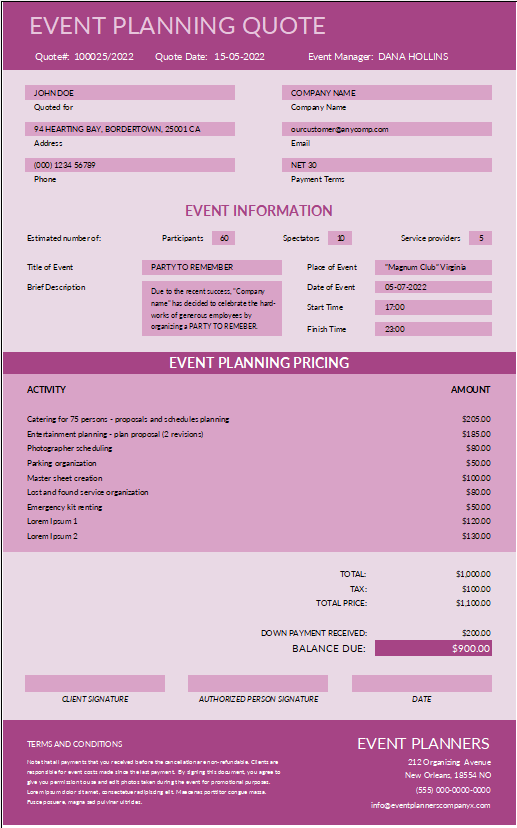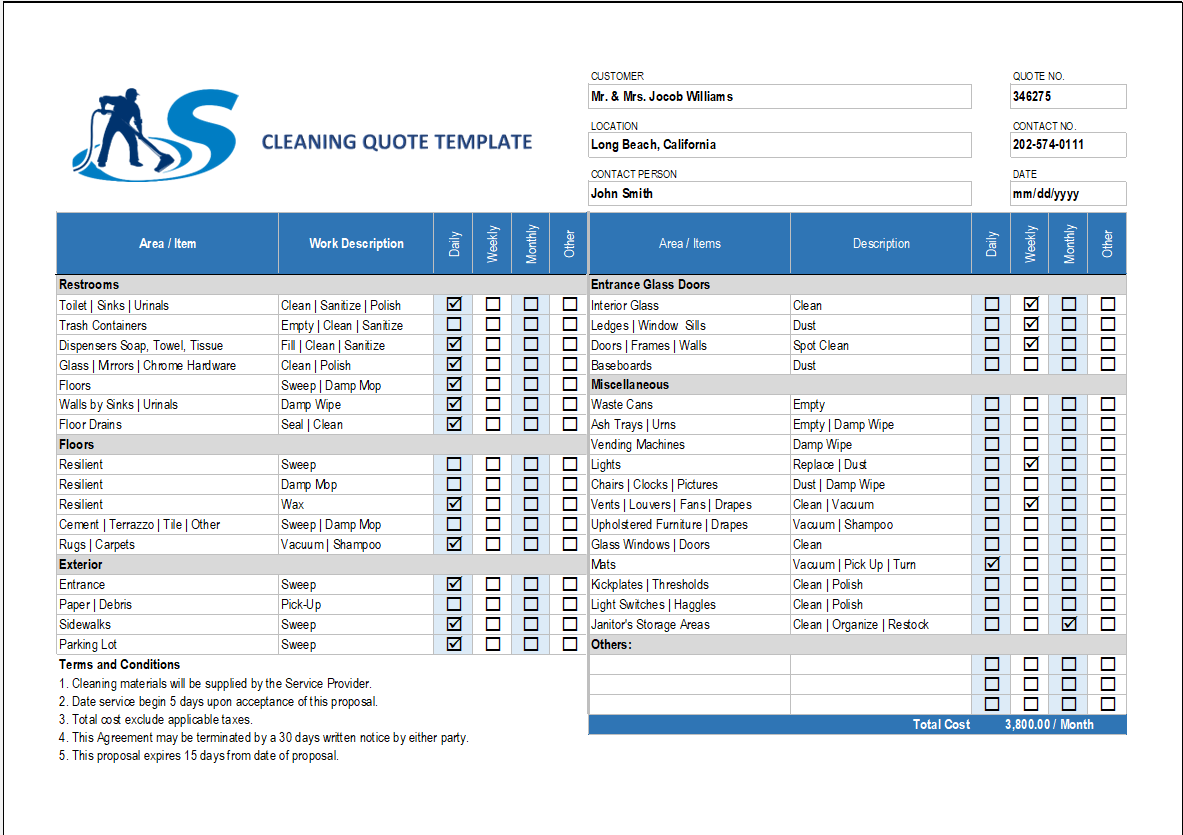Pitman ruled paper is a type of lined paper used for stenography. Stenography is the process of writing in shorthand. It is basically a super-speedy way of taking notes or transcribing information. Stenographers usually write about 100 words per minute, and a few people were able to write about 300 words per minute. Sir Isaac Pitman’s shorthand system came before Gregg’s, and Pitman ruled paper is slightly wider that Gregg ruled paper.
Pitman Ruled Paper Contents
Below is a list of worksheets included in this printable template.
US Letter
Line paper with evenly spaced, blue horizontal lines. Spacing between each horizontal line measures 0.5 inches. A thicker red vertical line bisects page. This worksheet is format in US letter paper size (8.5” x 11.0”).
US Letter BW
Line paper with evenly space, black horizontal lines. Spacing between each horizontal line measures 0.5 inches. A thicker black vertical line bisects the page. This worksheet is format in US letter paper size (8.5” x 11.0”).
Using Pitman Ruled Paper
This type of line paper is most useful for writing in shorthand. Most stenographers can write in shorthand much faster than average person can type using a keyboard. So, no need to do anything on computer. Print out multiple copies of this lined paper and create a “steno-pad” by clipping on pages to a clipboard. You can also use hole-puncher to create a steno notebook with a 3-ring binder.
Shorthand has long been popular form of handwriting. Its heyday may have been before advent of the word processing computer, but modern day stenography is still useful in situations where information must be written very quickly. The Pitman shorthand writing system is phonetic and it uses characters to express the sounds being spoken. It also uses techniques also called shading to signal heavy sounds.
Pitman vs Other Shorthand Systems
It is difficult to tell which shorthand system allows the scribe to write the fastest. Perhaps speed depends on how well one has mastered Pitman. Gregg, or any other shorthand system because each system seems to have unique advantages and disadvantages. One of the main advantages of Pitman is that it is easier to decipher than Gregg shorthand. Each Pitman symbol has a unique sound. This is not the case with Gregg shorthand vowel symbols, which have some ambiguity.
In Pitman shorthand, line paper is essential because placement of a sound symbol in relation to the line indicates the “position” of that symbol. Which represents a unique sound. A symbol can be placed above the line, on the line, or through the line to indicate the position. Other systems, such as Gregg shorthand, do not rely on lined paper to help interpret sounds. The use of horizontal lines in Pitman shorthand can be view as a limitation, but when going for maximum speed, this formality can omit.
Pitman Rule
If writing 100 words per minute isn’t enough, the line in center of the page will help you track on a few more words per minute. The line bisecting page is meant to accelerate writing even further. In short, the line is intend to eliminate excess movement to increase writing speed and efficiency.
Customize
Change Paper Size
The Pitman ruled paper worksheets are formatted in letter size. But you can change the paper size if you prefer to work at a different scale

